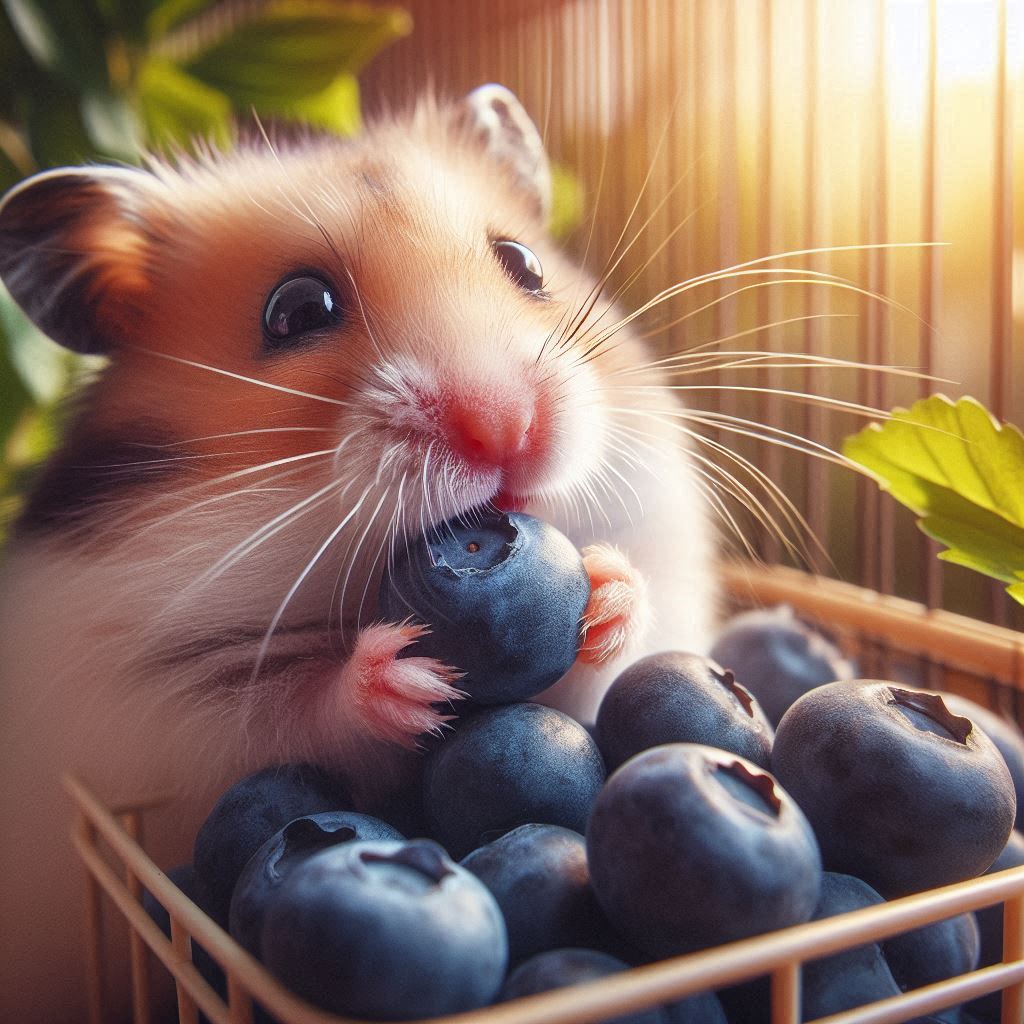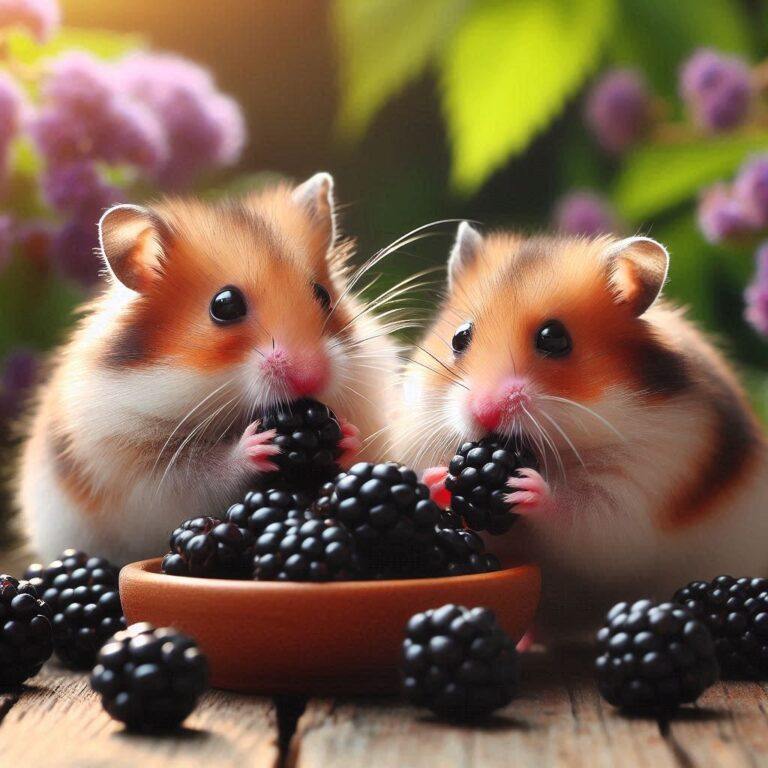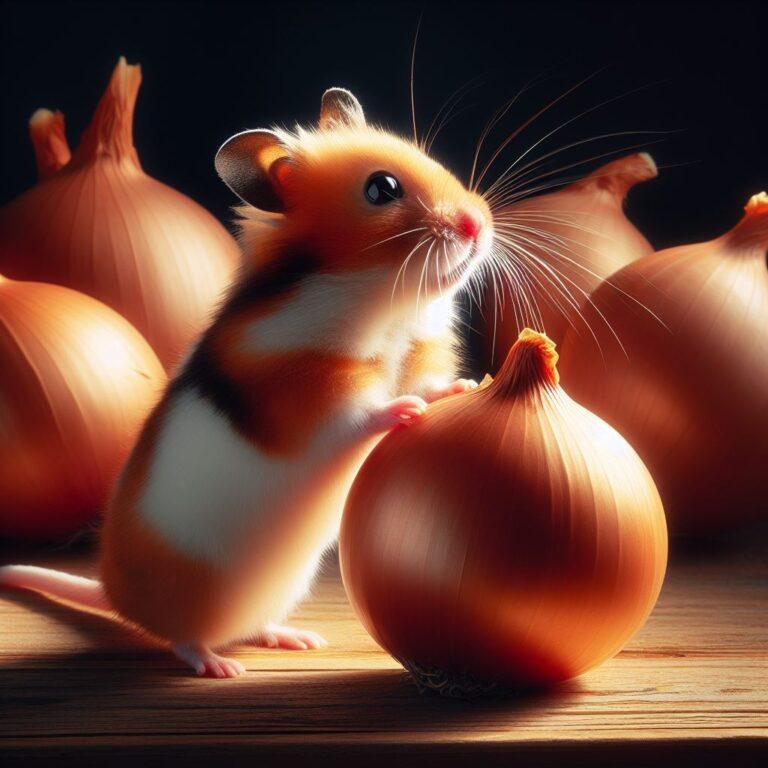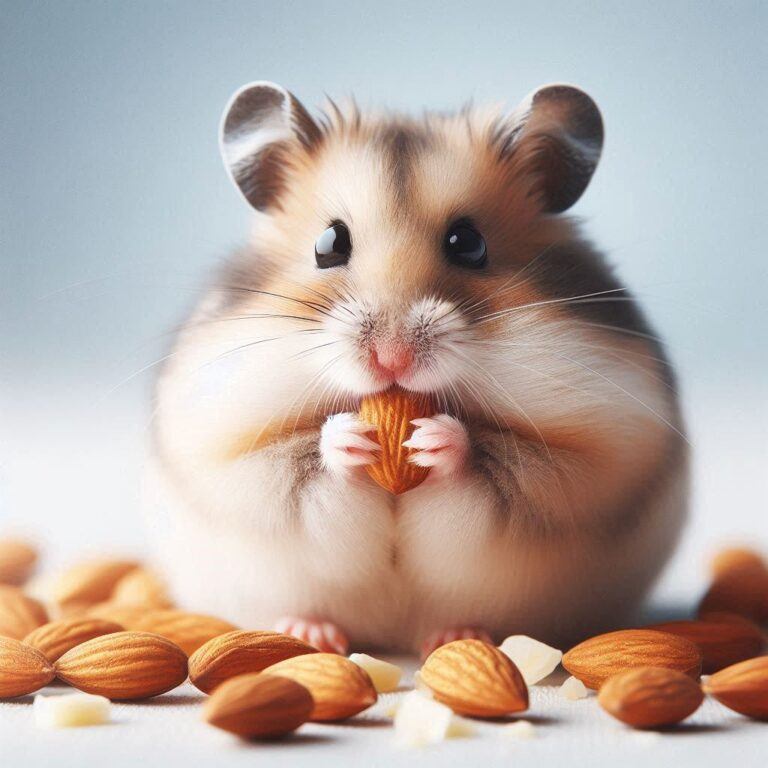Can Hamsters Safely Eat Blueberries
Yes, hamsters can safely eat blueberries in moderation. I can confirm that these small fruits are not only safe but they also offer a nutritious snack for your furry friend. Blueberries are rich in vitamin C and antioxidants, which are beneficial for maintaining a healthy immune system in hamsters.
However, due to their small size, hamsters should consume blueberries in limited quantities. A good measure is one or two blueberries once or twice a week.
This portion control is vital to prevent digestive issues and the risk of diabetes, especially given the natural sugars present in fruit.
When you introduce blueberries, or any new food, to your hamster’s diet, it’s crucial to do so gradually.
Start with a tiny piece to see how your pet reacts. If there are no adverse effects, such as diarrhea or unusual behavior, you may gently increase the amount, keeping within the recommended serving size.
Keep an eye on how much fruit your hamster consumes and always remove any uneaten fresh food before it spoils.
By being mindful of these guidelines, you can help ensure that the blueberries you offer become a valuable addition to their diet without any negative impacts on their health.
Potential Concerns When Feeding Blueberries to Hamsters
As with any treat, offering blueberries to hamsters calls for a careful approach. It’s true, hamsters can enjoy blueberries, but moderation and vigilance are critical.
A high sugar content, while a natural part of blueberries’ appeal, can be a pitfall for your pet. Hamsters are prone to obesity and related health issues when their diet is too rich in sugars.
Observation is your ally. After introducing blueberries, watch your hamster for any signs of allergic reactions or digestive upset. Symptoms to keep an eye out for include lethargy, diarrhea, or changes in eating habits.
While uncommon though, allergies can occur and are serious.
It’s also worth noting that certain hamster species, such as dwarf hamsters, are more susceptible to diabetes.
If you own a breed at risk, consult your vet before adding blueberries to their diet. Actually, it’s a good rule of thumb to check with a professional when in doubt about dietary changes.
Preparation is simple, yet important. Always wash the blueberries thoroughly to remove any pesticides.
Cutting them into suitable sizes ensures your hamster won’t encounter any challenges while nibbling and I always recommend staying clear of canned or processed blueberries—they’re often loaded with added sugars and preservatives, which are definite no-nos for our furry friends.
Incorporating Blueberries into A Hamster’s Diet
Moderation is KEY when adding blueberries to our hamster’s diet. A balanced diet for these small pets should primarily consist of high-quality hamster pellets, along with a mix of seeds, grains, and occasional fresh produce such as bananas or apples.
I encourage you to introduce blueberries as a part of enrichment activities. Hide them in foraging toys to stimulate your furry friend’s mind or mash them up as a treat during bonding sessions.
As for frequency, sticking to giving blueberries once a week ensures your hamster enjoys their benefits without the risks of overindulgence.
Remember, variety not only adds interest to your hamster’s diet but also provides a range of essential nutrients.
In essence, while blueberries can be a healthy treat, they should never replace a hamster’s main diet.
By following these guidelines, you can offer blueberries safely, helping your pet lead a happy and nutritious life.







